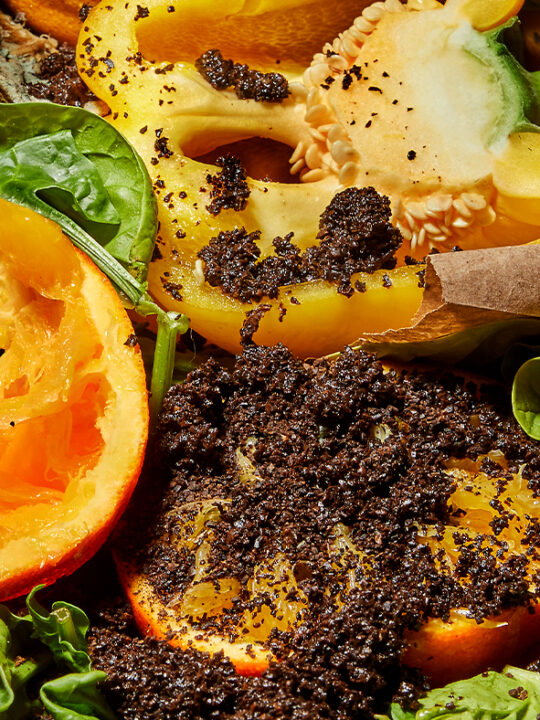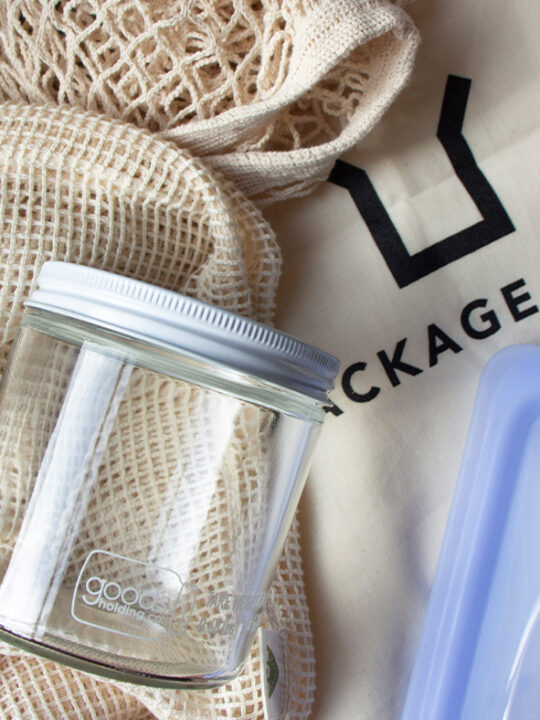Have you ever heard that cheap wine gives you headaches and hangovers? Well, it might be an old wives tale, but it has some actual legitimacy for a very simple reason: Sulfites.
What are sulfites?
Sulfites are chemical compounds of sulfur. They are used as food preservatives and have antioxidant and preservative properties 1. They are used on fruits and vegetables to prevent browning, on shrimp and lobster to prevent melanosis or brown spots, wines to prevent bacterial growth, in dough as a conditioner, and to bleach food starches and cherries. They are also used in pharmaceuticals to preserve stability and potency of certain medications.
Please note: Sulfites are different from sulfur.
Sulfur can be a naturally occurring and essential element for humans found around volcanoes and hot springs. “Elemental sulfur was once extracted from salt domes where it sometimes occurs in nearly pure form, but this method has been obsolete since the late 20th century. Today, almost all elemental sulfur is produced as a byproduct of removing sulfur-containing contaminants from natural gas and petroleum” 2.
While Sulfur has been used in winemaking for centuries, sulfites recently became a major ingredient in wine as an additive to stop bacteria oxidation a.k.a. a preservative and as a sterilization tool.
Sulfites absorb oxygen and prevent aerobic bacterial growth that would otherwise convert ethanol into acetic acid, souring the wine.
While some sulfties naturally occur in the fermentation process, added sulfites used in winemaking are a residue of natural gas and petroleum crude 3.
Okay, so drinking natural gas sounds gross, but is it bad for you?
Sulfites have been used as a food additive since 1664. The problem? Sulfites, in many cases, are used excessively and are known to have adverse health consequences. It has been suspected that a percentage of the population has a sulfite sensitivity that can induce reactions that range from mild to severe 4.
The FDA estimates that 1 out of 100 Americans or around 3,139,000 people are sulfite sensitive and that 5 out of 100 asthmatics are sulfite sensitive.
Sensitivity to sulfites can develop at any time during a person’s lifespan with some reactions being delayed and not showing up until a person’s forties or fifties. Sulfite sensitivity can manifest in many forms including dermatolical, pulmonary, gastrointestinal, and cardiovascular symptoms 5.
Is sulfite usage regulated?
The legal maximum sulfite level for U.S. wines is 350 ppm, with most wines averaging about 125 ppm. Naturally occurring levels of sulfur dioxide in a wine, without chemical additives, would weigh in at around 10-20 ppm.
On July 8, 1986 the FDA banned the use of sulfite preservatives in fresh vegetables and fruits that were intended to be served raw because they were linked to deaths and many illnesses 6. Additionally, Sulfites cannot be used in
products such as meats that serve as a good source of vitamin B1 because sulfites can scavenge that vitamin from foods.
Since 1987, the FDA has required that sulfites must be declared in cases when concentrations exceed 10ppm 7. According to the International Center for Alcohol Policies, the USA is required to disclose or declare sulfites in alcohol 8.
(They are also required to do the same for aspartame, a known carcinogen, which I didn’t even know was in alcohol).
Food products that contain undeclared sulfites above 10 ppm will be subject to the following potential recall actions 9:
Class I (greater than or equal to 10mg) recalls are the most serious and involve situations where there is a reasonable probability that exposure to the violative product will cause serious adverse health consequences or deaths. FDA is aware of deaths occurring among sulfite-sensitive asthmatics
Class II (3.7 -9.9 mg) recalls include situations where exposure to the violative product may cause temporary or medically reversible adverse health consequences or where the probability of serious adverse health consequences is rare
Class III (less than 3.7mg) recalls includes situations where exposure to the violative product is not likely to cause adverse health consequences.recalls includes situations where exposure to the violative product is not likely to cause adverse health consequences
Is one wine safer than another?
Sweet white dessert wines contain the most sulfites, then blush wines and semi-sweet white wines coming in at a close second. The middle ground is a dry white wine. Dry red wines have the lowest sulfite levels. Additionally beer, cocktail mixes, and wine coolers also may contain sulfites.
My advice, avoid anything with sulfur dioxide, potassium bisulfite, potassium metabisulfite, sodium bisulfite, sodium metabisulfite, or sodium sulfite on the label and go with Organic. Organic wines, by definition, do not have any added chemicals, including sulfites so you can rest assured that you are not drinking natural gas or putting yourself at potential risk of sulfite induced illness.
*NOTE: The FDA regulates the use of sulfites in drugs and food, while the United States Department of Agriculture (USDA) regulates the use of sulfites in meat and poultry. The Bureau of Alcohol, Tobacco and Firearms (BATF) regulates the use of sulfites in alcoholic beverages and the use of sulfur dioxide as a fungicide on grapes comes under the authority of the Environmental Protection Agency (EPA).
*NOTE: When you try to SEARCH sulfite on the ATF website, nothing comes up.
*NOTE NOTE: On the FDA Food Additivies and Ingredients list, food starches contain sulfur dioxide, sodium metabisulfite is found in fruit
jellies, sodium sulfite is is also used as a boiler additive.









1 comment
I work for a small winery in New Jersey, and we use very minimal sulfites in our wine making process. Because our wines are not made to ship halfway around the world, we don't need the kind of preservation that Gallo does. So if you are looking for a wine with lower sulfites, drink locally!